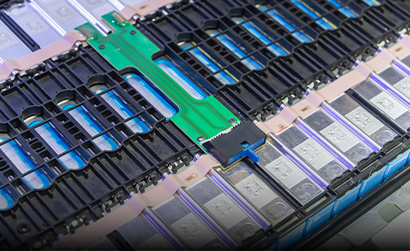News
News
In the world of Power Protection, Adept Power Solutions keeps you informed on the latest advancements and best practices for maintaining peak UPS performance.

News
Winter-Proof Your Business: The Essential Role of UPS Systems in Cold Weather
Winter storms shouldn’t disrupt your operations. Discover how modern UPS systems, paired with professional maintenance...

News
Ensuring Business Continuity: Why UPS Systems Matter in Critical Sectors
Power outages can disrupt operations and risk safety. In sectors like healthcare, education, security and...

News
How to Extend the Life of Your UPS
Extend your UPS lifespan with essential maintenance tasks before winter hits. Learn how to ensure...

News
Power Protection for Retail Businesses During the Holiday Season
Protect your retail business this holiday season with expert power protection solutions. Ensure uninterrupted operations,...

News
Back-to-School Power Solutions
As the academic year kicks off, ensure your institution is powered for uninterrupted success. Don't...

News
The Future of Power: Exploring Innovative Solutions
Explore the future of power in this guide to next-generation UPS technologies, lithium-ion batteries, modular...

News
Modular UPS Solutions for Edge and Hyperscale Growth
Explore our guide to modular UPS solutions that adapt to your growth needs, powering edge...

News
A Fresh Approach to Power Protection
Adept Power Solutions recently launched a redesigned website, offering easy access to tailored services, expert...
